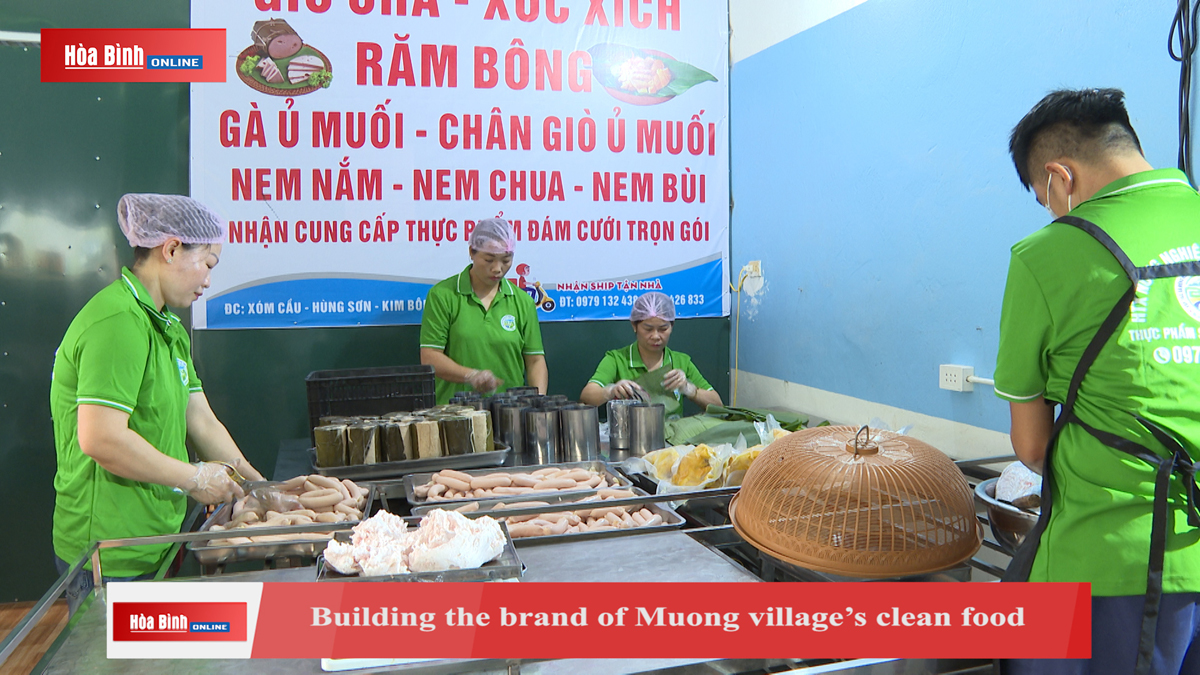From just 16 certified products in its inaugural year to 158 by early 2025, the One Commune One Product (OCOP) programme in Hoa Binh province has followed a steady and strategic path. But beyond the numbers, it has reawakened local heritage, turning oranges, bamboo shoots, brocade, and herbal remedies into branded, market-ready goods - and, more profoundly, transformed how local communities value and present their own cultural identity.


